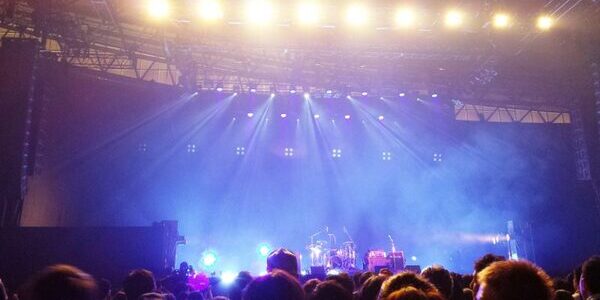
You’ve probably heard popular Japanese music at some point, whether it was Puffy AmiYumi singing the Teen Titans theme song during childhood, or any of the hundreds of anime theme songs on air in recent years. Or, perhaps, even an unexpected run-in with a niche Japanese rock band at a music festival.
Those niche Japanese rock bands–or rather, a niche within that niche–is what I’m here to talk to you about today! For myself and many others, a niche within Japanese rock called visual kei (in which kei means style) was the initial force that drew us toward Japanese culture (and later directly into Japan, all over the country, into concert halls large and small). Characterized by visual appearances just as much as music, visual kei is a hallmark of Japanese culture. It blends fashion, bold lyrics and themes, and musical styles seamlessly into a genre that you can truly only find in Japan.
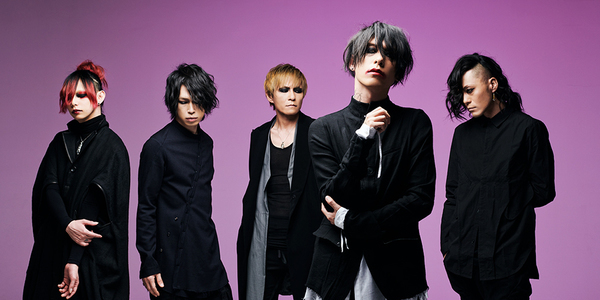
lynch., a popular nagoya kei band.
History of Visual Kei
The genre itself started in the 1980s, headlined by bands like X Japan, DEAD END, and Buck-Tick. However, the term “visual kei” itself likely came from the cover of X Japan’s 1989 album Blue Blood, which read ”Psychedelic Violence Crime of Visual Shock.” This shows what the beginnings of visual kei were all about: causing a stir and breaking away from society. While never becoming mainstream, the genre gained popularity steadily in the 80s and 90s. X Japan’s drummer, Yoshiki, even formed a record label that hosted a slew of famous bands including LUNA SEA.
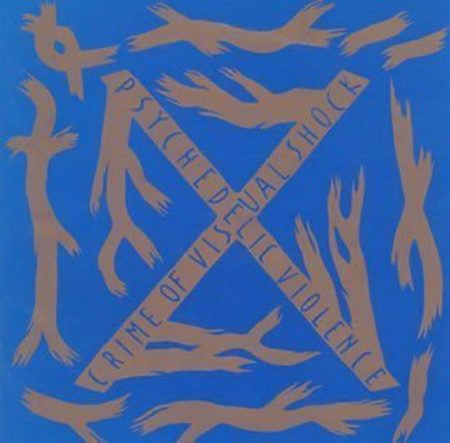
The cover of X JAPAN’s Blue Blood album, where the term visual kei is thought to originate.
The 90s saw arguably the most growth for visual kei, with tons of new bands forming. This included L’arc~en~Ciel, who later dropped the visual style, and musician Gackt’s former band Malice Mizer. Bands that formed between the 1990s and early 2000s grew steadily both in Japan and, eventually, abroad. Several subgenres such as Nagoya kei, a darker and more music-focused subgenre founded in Nagoya, also took off around this time.
In the early to late 2000s, bands like Dir en grey, the GazettE, and D’espairsRay saw considerable success overseas. They either joined music festivals or held their own international tours. Their CDs could be found in most music stores, and in America, visual kei magazines were even sold at Hot Topic.
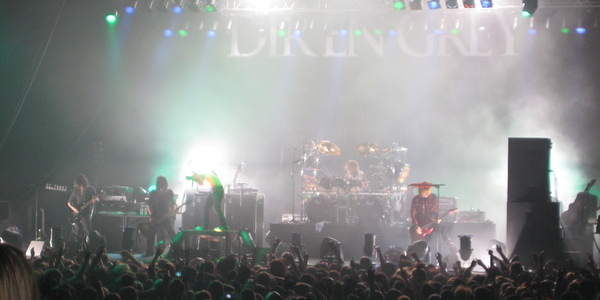
Popular visual kei band Dir en grey performing in Paris in 2007.
However, nothing great can last forever. The late 2000s to the present have shown a decline in the genre’s recognition and popularity. This comes even with massive festivals like LUNA SEA’S Lunatic Fest, where over 60,000 people attended, boosting its popularity.
In the present, visual kei feels very much like a “the ones who get it, get it” genre. Newer bands thrive thanks to present fans, and revivals of older bands are bringing back fans from years ago. That being said, the reach outside into the general public isn’t really there. Some bands like lynch. and Nocturnal Bloodlust that step outside of the genre, with harder music and toned-down looks, do see considerable success. But visual kei itself sits largely unknown to a vast majority of people, even within Japan. However, those who know and love it devote massive amounts of time and energy (and money!) to it, and if you ask most fans, they aren’t really too upset that the genre sits outside of the limelight.
Main Styles within Visual Kei
Here, you can see six popular visual kei styles in the image that follows with descriptions below (left to right, top to bottom).
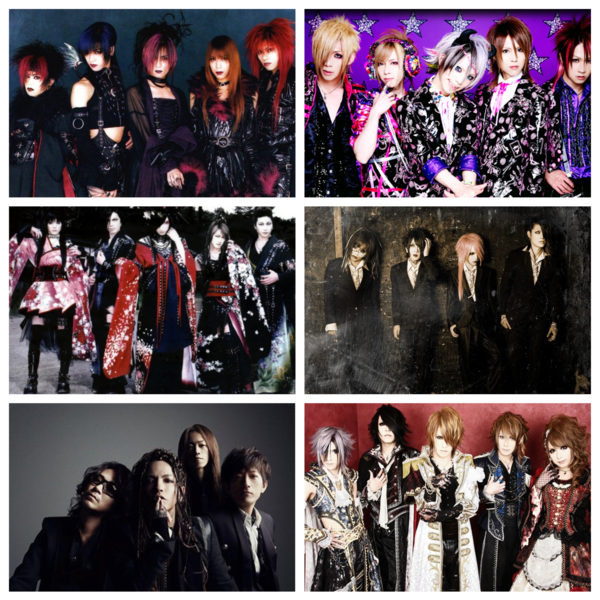
- Kote kei: Arguably the most classic, standard fashion style in visual kei that has been around since its start.
- Oshare kei: Oshare means fashionable, which this style certainly was in the early 2000s! This loud, colorful style is often accompanied by more pop-like rock, or rock mixed with electronic music.
- Angura kei: A dark style infused with elements of traditional Japanese dress from various periods.
- Nagoya kei: As previously mentioned, Nagoya kei is more focused on the music than the looks, and the style reflects it. Bands dressing in this style are often a bit more casual and lean toward more masculine outfits, but tend to wear quite dark clothing overall.
- Soft-visual: Generally adopted by bands over time as they drift away from the flashier styles listed here, this style exists somewhere between visual kei and general dark clothes. When bands move toward this style, they also tend to subtly change their music over time to merge with another genre such as metal, pop rock, or even EDM.
- Tanbi kei: An especially flamboyant style characterized by regal clothing reminiscent of royalty — or a hyper-stylized version of it.
While I’ve listed a few styles here, there are tons more that even get into very specific styles like iryokei (iryo meaning doctor), where members wear lab coats and other such things.
So, now what?
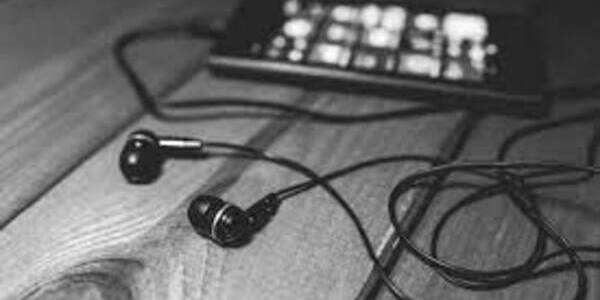
It’s great to read about visual kei, but what will really teach you the most about the genre is listening to the music and, if you have a chance, going to a concert in person!
If you’re living outside of Japan, or just not sure yet that the concert atmosphere would be for you, I would highly suggest taking a listen to a few songs from a variety of artists and first seeing what speaks to you!
For those who like music on the lighter side of rock:
For those who like a good mix of classic and heavier rock:
For those who want to see what recent visual kei is all about:
For those who like traditional Japanese instruments:
For those interested in tanbi-kei and a more regal musical style:
For those who like a mix of heavy rock and melody:
Going to your first visual kei concert (or live, from the Japanese word for concerts: raibu) can be intimidating. But once you get used to them, they are (in my biased opinion) a fantastic way to spend your time! Lives are an amazing chance to travel, make friends, and learn Japanese that you wouldn’t encounter anywhere else. Bands usually hold lives in major cities — Tokyo, Nagoya, and Osaka are the most popular. If you’re thinking about studying at GenkiJACS, consider one of these cities (we have schools in Tokyo and Nagoya, and Kyoto which is very close to Osaka) to be near the action!
One thing that may surprise you at lives is furitsuke, usually shortened to furi,. These are coordinated hand/head/body movements that everyone just knows. Learning these comes with time and practice, but don’t feel bad if you don’t know what to do at first! I recommend hanging toward the back at your first show while you see how the furi goes, and moving forward when you feel comfortable. Watching live DVDs is also a great way to get a sneak peek into what the furi is like! They vary quite heavily by band and subgenre, but all of them are definitely fun and worth a try.
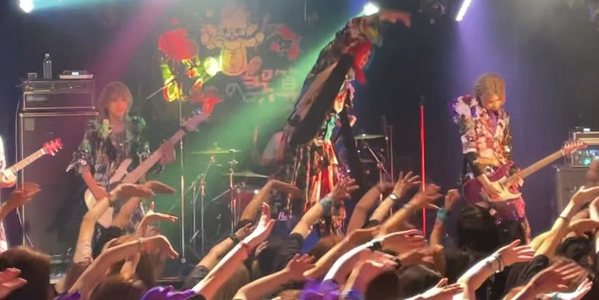
Fans doing furi at one of Royz’s lives.
I hope this article has inspired you to give visual kei a listen, and find a band you love! Once you get into a band it’s hard to get out, but from my experience, there’s no better place to be 🙂
Would you like to hear about any other aspects of lives in Japan (visual kei or otherwise)? Feel free to leave a comment and hopefully I can go over it in a future post!


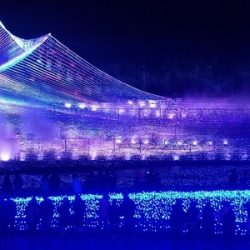
1 Comment. Leave new
i Love this Band